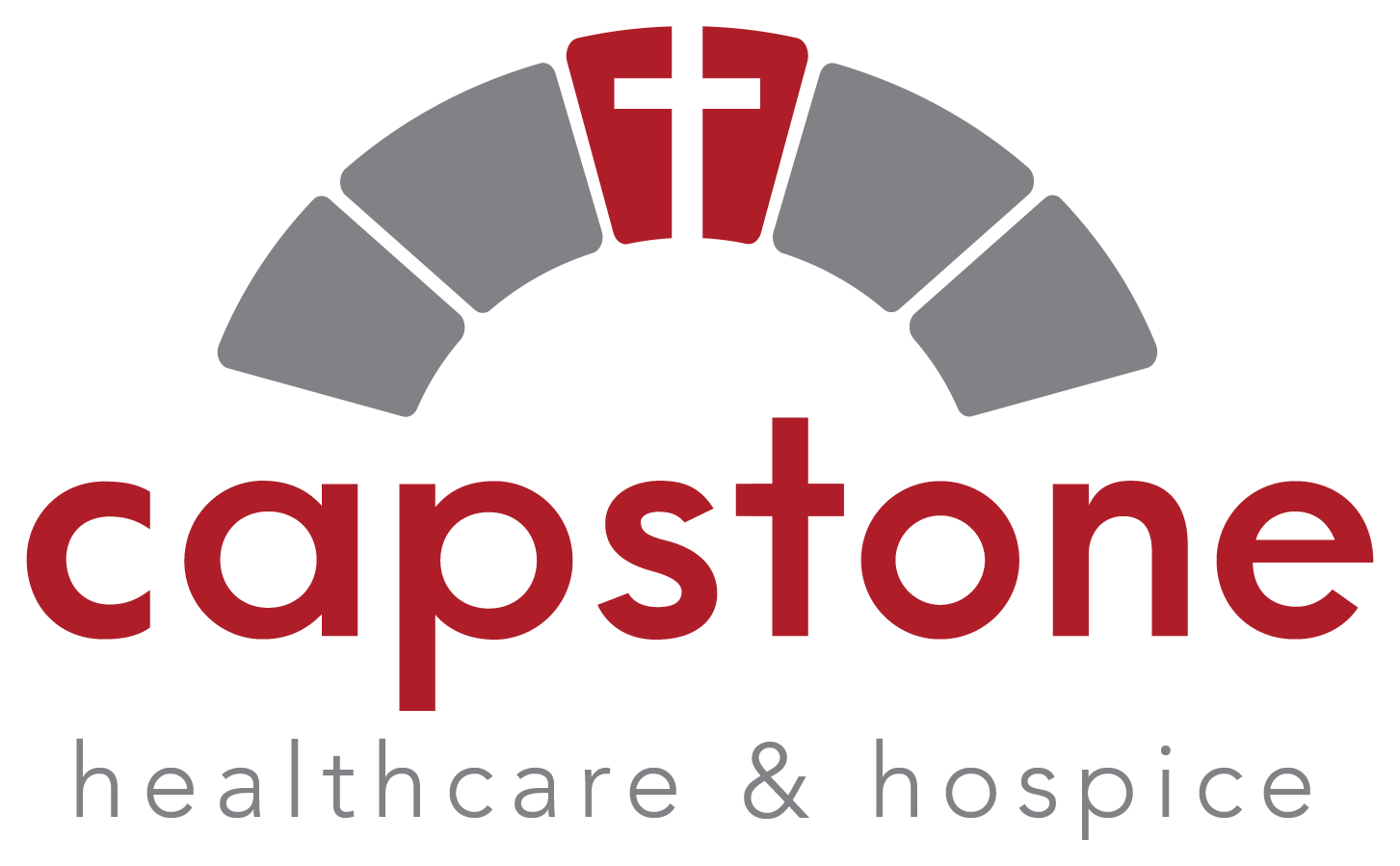Misconceptions about Hospice
“At it’s core, hospice is about accepting our own mortality, which can be more difficult for some than others. It’s OK to struggle with the decision and seek education and guidance from experts.”
-
Based on the 1.2 million search results for “hospice is giving up," it’s not surprising why so many people believe this to be true. But hospice care is not giving up. Instead, hospice services are there to provide comfort, improve quality of life, and help carry out the wishes of the patient.
-
Hospice care can begin based on the patient’s prognosis. They may want the extra comfort and support that hospice can provide as early as possible.
-
Hospice care can begin when the patient’s physician gives a prognosis of six months or less, assuming the disease follows the expected course. Hospice often provides such comfort and support that many outlive the expected prognosis.
-
Hospice is so much more than just doling out medicine. Hospice care focuses on the whole wellbeing of the patient. This includes spiritual, emotional and physical care.
-
Hospice is a philosophy of care and can be received wherever the patient and their loved ones prefer, including at home, in a senior living facility, or in a standalone hospice facility.
-
Hospice is available for any patient coping with the final phase of a terminal disease, including kidney failure, Alzheimer’s, and virtually any other life-limiting condition.
-
While pain often is part of the dying process, hospice care professionals are trained to help manage pain at the end of life. Hospice doctors, nurses, and other professionals are able to recognize the current phase of the end-of-life process and adjust the patient's care accordingly.
-
Obviously, the majority of hospice patients eventually pass away, and this likely explains how this misconception came to be. But the truth is that hospice care does not speed up death. In fact, those who employ hospice care may live longer than those who choose not to use hospice services.
-
While hospice services are required to have volunteers available, the actual care is provided by medical professionals, chaplains, and licensed social workers.
-
Hospice care is covered under by Medicare, Medicaid, and most private insurance plans. Patients are never denied hospice care, regardless of ability to pay.
-
A patient is able to be referred to hospice care when a doctor’s prognosis is six months or less. However, if the patient lives longer, hospice care will continue until the patient either passes or recovers.
-
Hospice care is very much a comprehensive service for both the ill person and their family members. Spiritual and emotional support is offered for the patient’s loved ones as well as the patient.
-
Morphine does not hasten death, and is a valuable tool to help patients remain comfortable, when necessary.
-
Hospice care centers manage the wants and needs of the patient. Care plans are individualized to what the patient wants and needs.
-
The quality of care received while on hospice is just as high as being in a hospital setting; the focus of the care is just different. Hospices are staffed by highly trained medical professionals who are trained to handle crises and around-the-clock needs.
-
Patients and their family members have the final say in which hospice program best meets their needs.
-
Hospice programs must follow detailed rules and regulations, however specific services and quality may differ significantly. It is important to find one that offers the right care.
-
If the patient shows improvements in condition or wishes to return to curative treatment, they can be discharged from hospice at any time.
-
In fact, bereavement services are offered for family members for a minimum of one year.
-
Hospice staff members are available for consultations or emergency visits 24 hours a day, seven days a week, but hospice does not provide caregiving services for supervision, continence care, etc. Such tasks are typically handled by the family or by paid caregivers.
-
Hospice care is focused on making the patient as comfortable as possible. This means that some patients may choose to give up medications that have heavy side effects. However, these decisions are left up to the patient and their loved ones.
-
Pain management is the main goal of medications administered by hospice programs. But the dosage amounts are only as high as needed for comfort. Drowsiness is always preferable to severe pain.
-
Hospice patients can absolutely go to the hospice to help control symptoms or to provide respite for family members.


